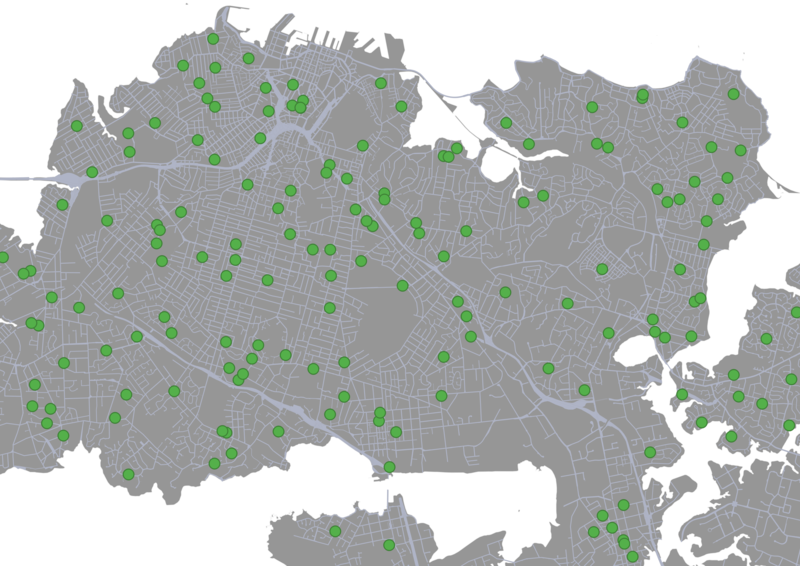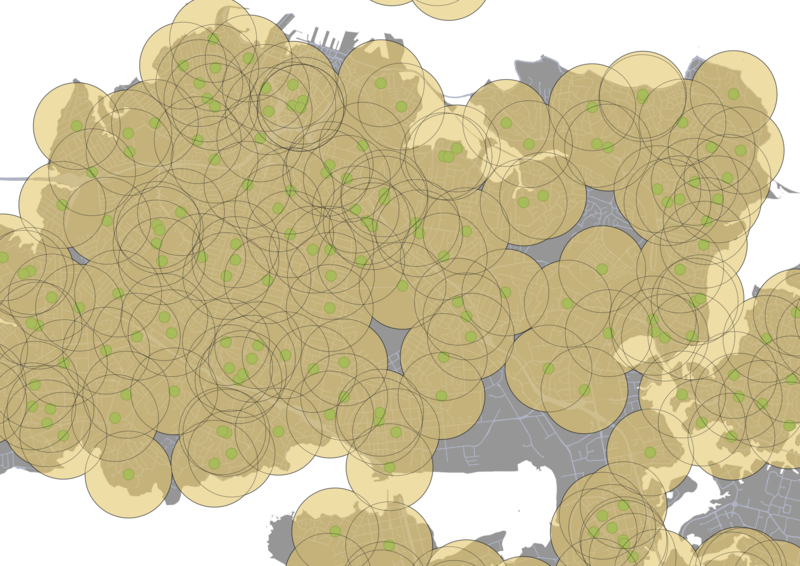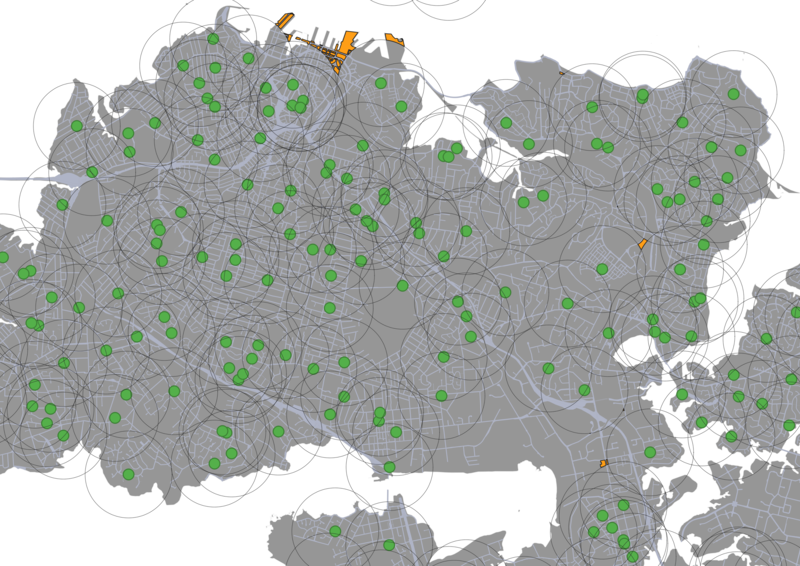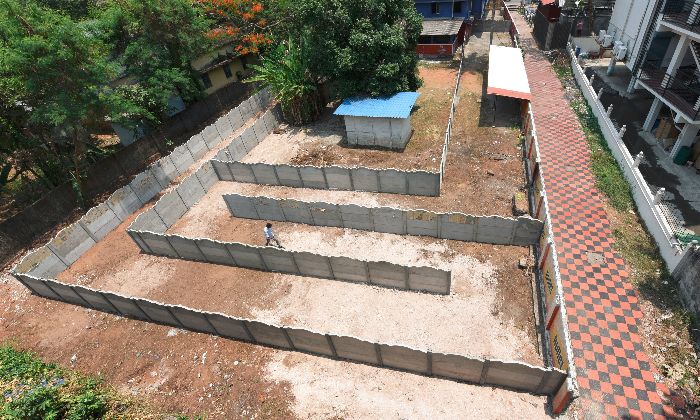As every fan of The Simpsons would agree, the mark of a true moral panic is a call that “won’t someone please think of the children”. Inevitably, whenever society stresses over some new perceived problem, someone calls for whatever the current peril is to be kept away from schools. When brothels were legalised, it was brothels. When legal highs were still legal, it was legal high shops. Alcohol has been a classic since time immemorial. Energy drinks, fast food, strip clubs, the list goes on. Whether it’s just “not over the road”, or however many hundreds of metres or kilometres, wanting to put sheer raw distance between children and danger is an age-old classic.
Now, despite my tone and clickbait article thumbnail, I don’t blame the impulse behind wanting to keep children safe. There’s many things that are fine for adults but not for children. But a moral panic always stops people thinking through what they’re asking for, and that’s particularly true when it comes to public health trying its hand at city planning. Let’s look at a completely typical call for distance that came on Tuesday: the Asthma + Respiratory Foundation NZ calling for vape shops to be banned within a kilometre of schools. It’s a typical such call: a product that’s illegal to sell to anyone under 18, but that can be sold pretty openly to adults, and marketed where adults and children alike can see it.
But what would it actually look like to ban vape shops within a kilometre of schools? It’s not a question anyone in the Newshub article asks! But we can easily see for ourselves what it would entail. Here’s a map of schools in the Auckland isthmus, from the Ministry of Education. It’s not necessarily complete or perfect, but it’ll do to illustrate the point:

Map showing schools in the Auckland isthmus.
And now let’s put a one kilometre radius circle around each and every one of them.

One kilometre circles.
Lo and behold, almost the entire city is off limits to vape shops. And it’s not as if even the grey areas are sudden opportunities for a vape shop destination area, since mostly they’re parks or residential areas, where a retail shop would not likely be allowed by the planning system - particularly a shop that lots of people would presumably need to drive to, since there’d only be a few in the city, and all in out of the way locations.
So let’s look at only areas that are actually zoned for shops, and see where vape shops would be able to go:

Possible vape shop locations in orange.
Yes, only those few tiny scraps of land shown in orange are where vape shops could go. A couple of remote industrial or business areas, sometimes with only a single site available. If there’s already a different shop there? Tough luck. The only significant area where a vape shop could actually go is right at the northern end of the city centre - and rather than being a realistic idea for every single vape user in central Auckland to come downtown every time they need to stock up, it just shows more than anything else, how desperately Auckland’s city centre lacks a school!
Now it’s possible to tweak all these ideas, I’m sure, and come up with a more reasonable distance that doesn’t amount to a total de facto ban. But as you cut the distance, you start to wonder, what’s the point? A 200m buffer, for example, would actually make it possible for vape shops to set up, but that’s a distance even a child could walk in a couple of minutes. Even that one kilometre buffer is a distance you could easily walk, and back, during your lunch break.
If you want the best illustration of the silliness of the idea of creating artificial distance, then look no further than this bar in Kerala, India, which created some extra distance very literally, to get around a similar law that actually ended up getting enacted there.
 Bar in Kerala, India, with artificial maze to create extra distance.
Bar in Kerala, India, with artificial maze to create extra distance.
The whole idea of trying to make things artificially distant fundamentally doesn’t work. And it’s against what a city is supposed to be. It nicely illustrates some very basic points about how cities work and why people live there in the first place.
Think about it from first principles. The Ministry of Education generally tries to make sure that everyone in the city has a school within walking distance, and the city council tries to plan shopping areas so that there’s a local shopping centre within an easy walk of everyone’s home. These are both good things! But obviously, if you can easily walk to the one, you can walk to the other. Making vape shops inaccessible to children makes them inaccessible to everyone. We live in a city because of how easily we can get to things - to work, to school, to the shops, to the park, to everything else we do regularly.
If you think we should ban vaping entirely, then argue for that. But if something is legal to sell, then living in a city means you’re going to see it, and walk past it. Being able to tolerate the presence of things and people you may not like is part and parcel of city life. It’s something kids need to learn too - we can’t hide all the vices of the world from them forever. And if city life makes us all learn to lean a little more towards living and let live, I think that’s a good thing.
